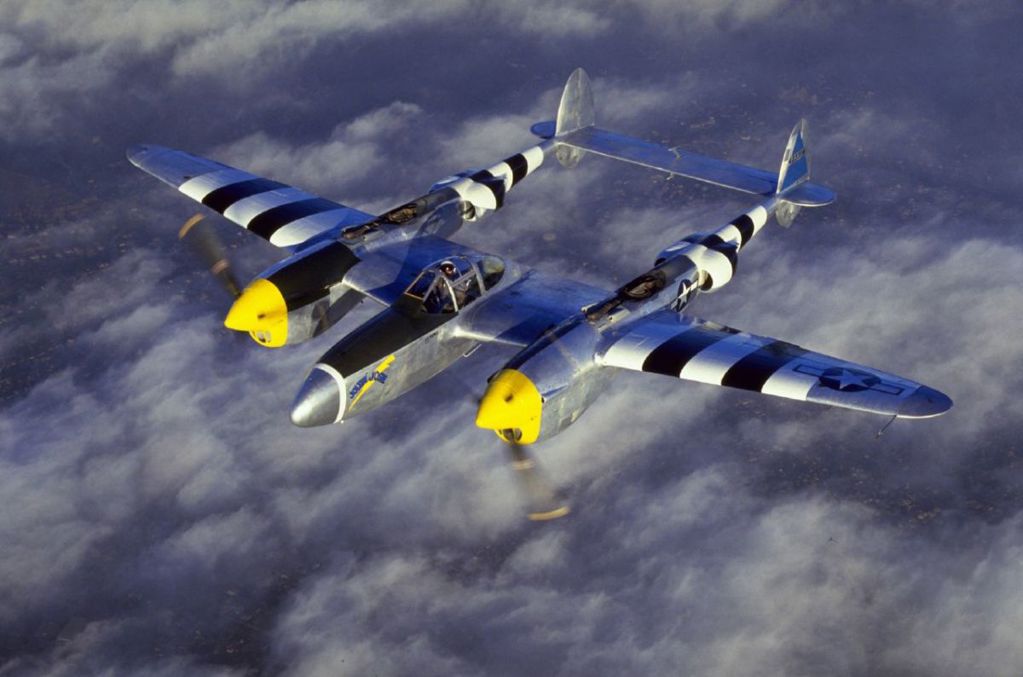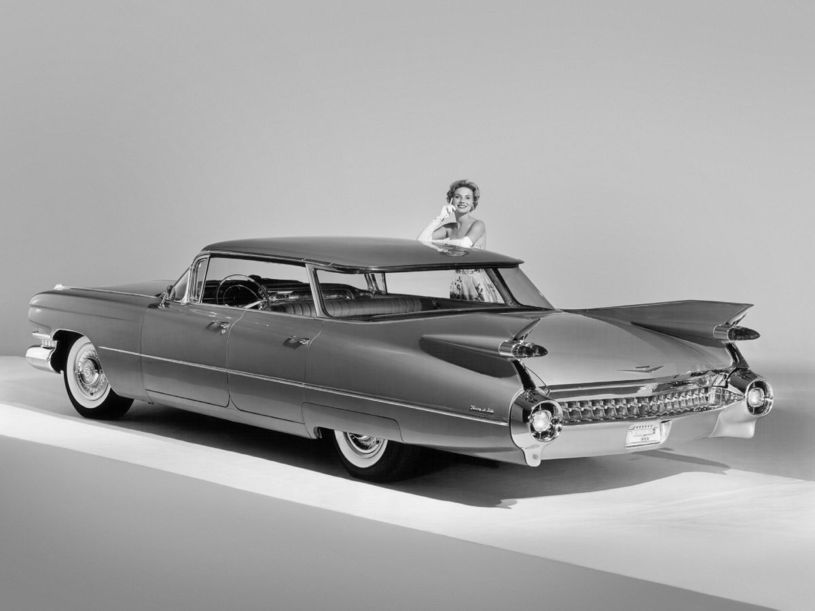We all know Cadillac pioneered magnificent fins on its luxury models, which are now synonymous with American cars of the 1940s and ’50s.

Fighter planes and rockets were all the rage at the time, and Cadillac lead designer Franklin Quick Hershey was inspired to add them to the brand’s 1948 range after seeing a P-38 Lightning fighter plane up close.
General Motors’ chief designer, the legendary Harley Earl, actually hated them. But democracy in action meant they stayed and a good thing too, because customers loved those pointy bits at the back.
They became a signature cue for Cadillac – and many other brands - for years to come.
But those fins were also a key element in something else invented by Cadillac’s parent company, GM: planned obsolescence. Yes, the idea of creating updated models every year to encourage people to buy more new cars was completely contrived: post-war, people had money, and there was an oversupply of quality used vehicles.

So exploiting buyers’ status anxiety about being seen in “this year’s model” became a key tool in product planning and marketing.
For Cadillac, that meant making its fins bigger and bigger each model year, and adding more and more chrome; until its luxury cars legitimately looked like they might take off.
And yes, planned obsolescence is still how the car industry works today. Sans fins.





